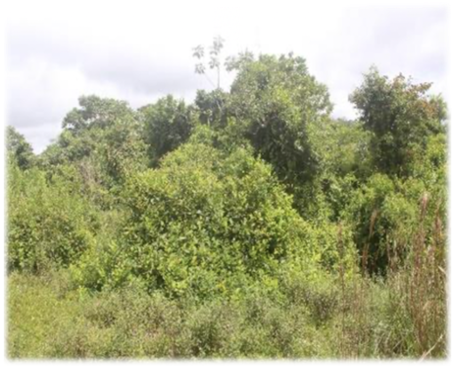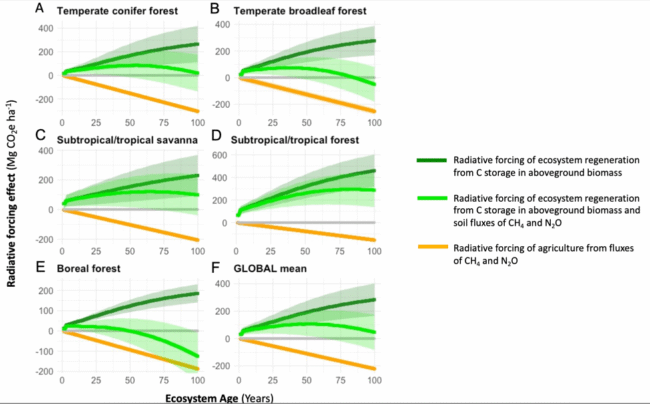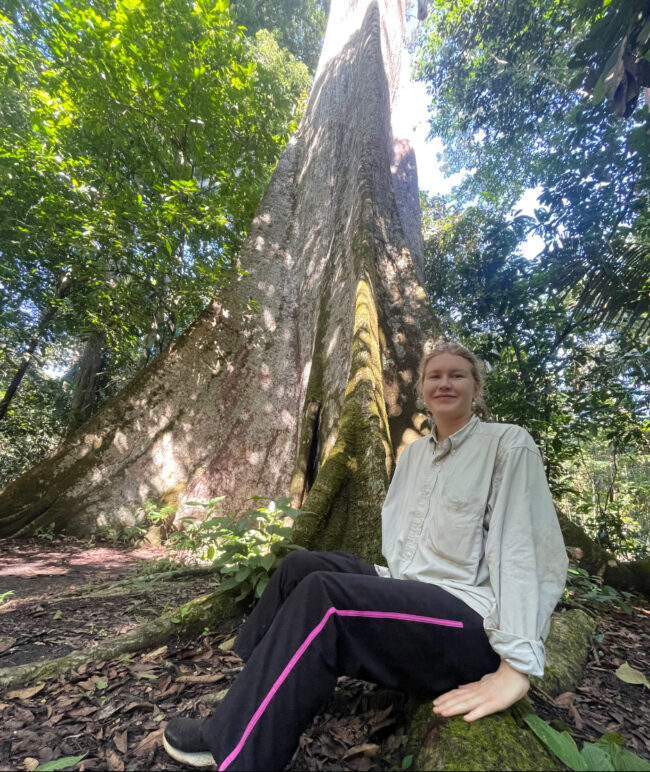In brief
- Regenerating forests typically absorb small amounts of methane but release enough nitrous oxide to create a net warming effect from these two gases combined
- Carbon dioxide absorbed by growing trees far outweighs this warming effect in most ecosystems—even after 100 years
- Natural ecosystems produce much lower greenhouse gas emissions than agricultural land, showing the clear climate benefit of forest regeneration
When farmland is abandoned and allowed to return to nature, forests and grasslands naturally regrow and absorb carbon dioxide from the atmosphere—helping fight climate change. However, a new study in the journal Global Biogeochemical Cycles, led by scientists at Columbia University, reveals an important wrinkle in this story: these regenerating ecosystems also release other greenhouse gases that reduce some of their climate benefits. The good news? Even accounting for these other gases, letting land regenerate naturally still provides important climate benefits compared with keeping it in agriculture.
Lead author Savannah S. Cooley, a research scientist at NASA Ames Research Center and a recent PhD graduate of Columbia’s Ecology, Evolution and Environmental Biology program, and her team of co-authors analyzed data from 115 studies worldwide to understand how forests and grasslands affect the climate through three key greenhouse gases: carbon dioxide, methane and nitrous oxide. While previous research focused mainly on carbon dioxide absorption by growing trees, this study examined a more complete picture.

“Forest regeneration cannot replace cutting fossil fuel emissions,” Cooley said. “While regenerating forests help fight climate change, they provide a fundamentally different type of climate benefit than reducing emissions from burning coal, oil and gas. Policymakers must pursue both strategies simultaneously rather than using forest restoration as an excuse to delay emissions reductions,” she added.
The analysis also highlighted a need for better carbon accounting, as current climate policies often ignore the full range of greenhouse gases from land use. The study shows that including methane and nitrous oxide gives a more accurate picture of climate impacts—information essential for making good policy decisions, according to the authors.
“Letting farmland return to forest provides real climate benefits, but these benefits are smaller than previously thought when we account for all greenhouse gases. Forest regeneration works if it is part of a comprehensive climate strategy that aggressively cuts fossil fuel emissions while protecting and restoring natural ecosystems,” Cooley said.
Tropical and subtropical regions offered the greatest climate benefits from forest regeneration seen in the study. This knowledge can help governments and organizations prioritize where to invest limited resources for maximum climate impact.

The authors also noted the importance of working with Indigenous communities, who have been the most effective forest protectors globally. Policies that secure Indigenous land rights and incorporate traditional knowledge systems consistently achieve better outcomes for both climate and biodiversity, they reported.
Effective policy will require multiple approaches. Carbon markets will need to be reformed to prevent “greenwashing”—where companies buy forest credits to justify continued pollution—while simultaneously investing in ecosystem restoration through direct public funding, Cooley explained.
“The climate crisis requires every available solution, but we must be clear-eyed about what each can and cannot deliver. Our research provides the science for harnessing natural climate solutions while maintaining the urgency for rapid, global-scale phase-out of fossil fuels,” she said.

This study was the result of a collaborative effort involving several of Cooley’s mentors (including Duncan Menge and Ruth DeFries, professor and co-founding dean of the Columbia Climate School). In addition to researchers from Columbia, the study team included scientists from numerous other institutions, including Sian Kou‐Giesbrecht from the School of Resource and Environmental Management at Simon Fraser University; Alexandra M. Huddell in the department of plant and soil sciences at the University of Delaware; and Kerry Cawse‐Nicholson from the NASA Jet Propulsion Laboratory at the California Institute of Technology.
Six undergraduate mentees from the Women In Science at Columbia (WISC) program: Elisabeth Moore, Jianna Martinez, Jocelyn Fahlen, Erin Maybach, Maya Gollerkeri and Anjali Vasa, contributed to this study.

“Working with six exceptional undergraduate student researchers from the WISC program was one of the most rewarding aspects of this research. They brought incredible dedication to the challenging and meticulous work of reviewing and extracting data from hundreds of studies. This research wouldn’t exist without their contributions,” Cooley said.


